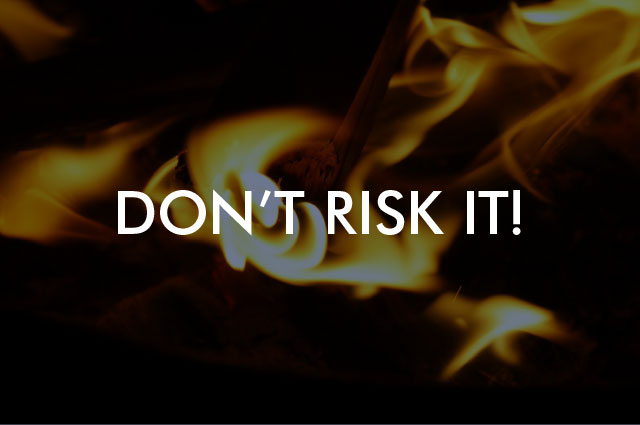
Who fitted your fire systems?
In our last post we talked about combining Paxton access control with your fire door system, in order to best protect your business, staff and visitors. Now’s the time to consider the rest of the kit – think, as the boss, how fire-safety savvy are you?
This should be one of the first questions you answer when opening new premises, or relocating to a new facility. Fire safety preparedness is so much more than simply putting up a few ‘Fire Exit’ signs and running a drill for employees. Being prepared isn’t as pricey as you might think either.
The cost of installing advanced fire systems is nothing compared to the price you’ll pay if your entire premises burn down. So where do you start? You should consider the following:
INSTALL SPRINKLER SYSTEMS
A sprinkler system will ‘rain’ water on to a fire from above, as well as dampening down nearby areas to prevent the flames from spreading. The idea is to keep a fire at bay until the emergency services arrive. Unfortunately, with sprinklers, there may be some water damage left behind, but it’s a small price to pay to prevent the loss of your entire building. Advanced fire systems can include automatic fire detectors that will trigger the sprinkler system – and with modern-day equipment, there is no need to fear a false alarm suddenly soaking your staff.
OR MAYBE WET AND DRY RISERS
If you are unfamiliar with workplace fire systems, wet and dry risers are a good place to start learning – look around any high-rise office block, and you’ll soon spot one or both of these. Wet and dry risers allow water to be distributed to the upper floors of the building for use in fighting a fire.
As the name suggests, a wet riser is filled with water at all times, whereas a dry riser is empty until the pipe is charged – often from an attending fire engine.
ADDITIONAL SUPPORT SYSTEMS
Now that you’ve got the fire-fighting under control, you also need to think about the evacuation – particularly how the environment would change in the wet, and if the lights went out.These support systems are designed to include emergency lighting; this remains on when the normal lighting fails, allowing people to navigate out the building. You also include a voice-over tannoy system that will instruct people in the event of an emergency.
In the dark, with the threat of fire – or at worst, in a corridor filled with smoke and rising flames – these extra systems give your staff a fighting chance of making it out of your building. If you’re the boss, please ensure your building and fire system is prepared.
If you’d like to discuss coordinating your fire or emergency system, please contact one of the team today on 0161 883 2502.


